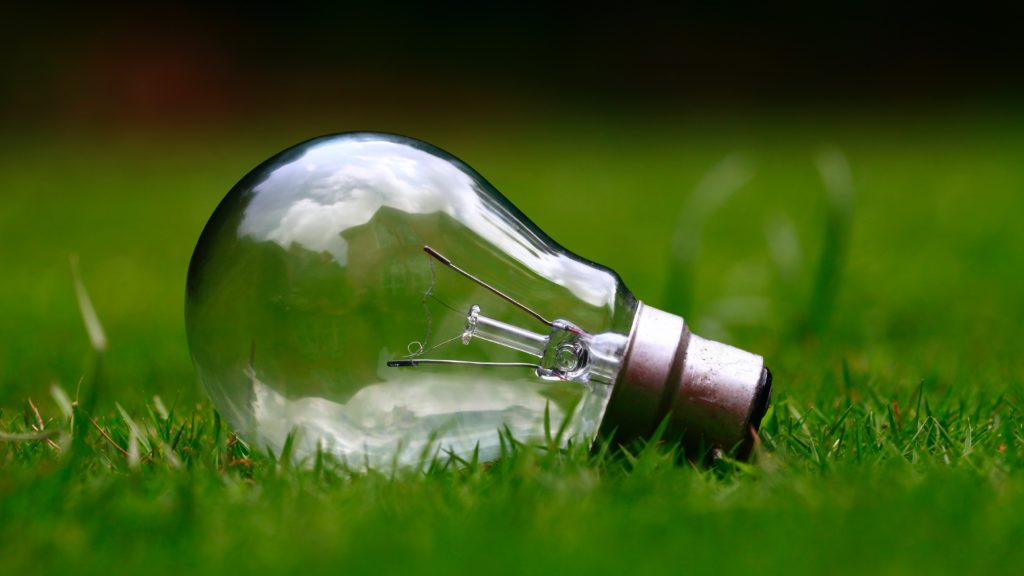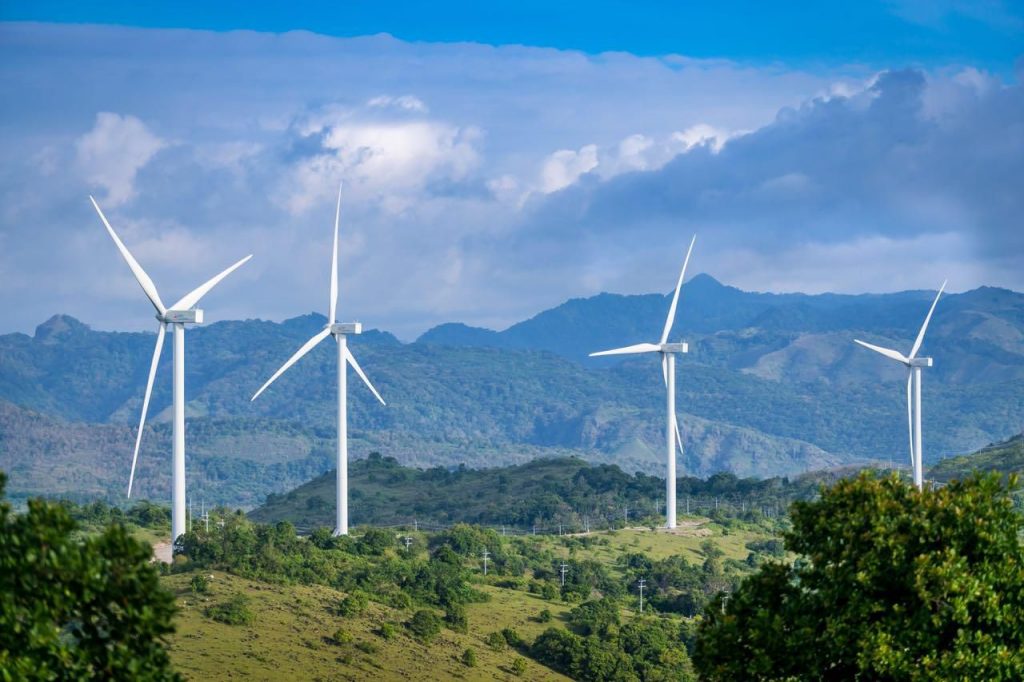Is it finally time to swap to green electricity? This is how much of a difference it will make!
Swapping your standard electricity plan for a green one is perhaps the most impactful one-time action you can take to reduce your personal carbon footprint. This post explains why and how to do so with tips specifically for the UK, the US and Sweden, but the principles are the same pretty much everywhere.
Before we start – green energy is often disclosed as having zero emissions, but in this post and generally throughout our calculations, we assume 15 g CO2e per kWh to account for maintenance and grid operations – just to be on the safe side.

UNITED KINGDOM
Average electricity consumption in the UK for a 1 or 2 bedroom house/flat is 2,000 kWh, for a 3 or 4 bedroom house 3,100 kWh and for a 5+ bedroom house it’s 4,600 kWh. This considers only general electricity use, and not gas consumption for heating and hot water. Using “regular” electricity in the UK which has an emission factor of 255,6 g CO2e per kWh, this result in CO2 footprints of:
511 kg CO2e for a 1 or 2 bedroom house/flat,
792 kg CO2e for a 3 or 4 bedroom house and
1176 kg CO2e for a 5+ bedroom house.
Comparing that to renewable energy, the CO2 footprints would instead be
30 kg CO2e for a 1 or 2 bedroom house/flat,
46,5 kg CO2e for a 3 or 4 bedroom house and
69 kg CO2e for a 5+ bedroom house. That’s amazing!
The market for green energy in the UK is similar to that of Sweden. The big companies often offer green plans, but there are also smaller suppliers which can give even better packages and other added benefits. Since homeowners in the UK often have electricity and gas from the same provider, it is worth considering the overall benefits of also changing to a supplier that offers green(er) gas.
T3.com is one of the the UK’s leading consumer lifestyle websites, and they have an up-to-date guide on the best green energy suppliers, as well as a guide on how to switch and a price comparison. Check out the suppliers HERE
In the EU, according to the Directive 2003/54/EC, electricity providers have to disclose source of the electricity (how it is produced), and the environmental impact, at least the CO2 emissions and nuclear waste. So you as a consumer can feel confident that you know the difference between the options!
USA
The average household in the US consumes 10.972 kWh annually, noting that there is great variability between states. Given that the average emission factor for electricity in the US is 456 g CO2 per kWh (again, with great variability between states), this standard home is responsible for emitting 4998 kg of CO2 per year! That’s almost five tonnes! Changing electricity provider to a green energy plan can make a huge difference here, and if you want to reduce your carbon footprint this action probably has the highest return on effort invested.
How? The first step is to check if your current provider offers a renewable/green energy plan that you could transfer to. Some power companies supply this as an alternative, it’s often referred to as “green pricing”.
If you want to change provider, you’ll have to find one that supplies green electricity in your area. The Center for Resource Solutions offers a database for Green-e certified renewable energy. Search for “Residential Renewable Energy”, you can also filter the results by state. Another alternative is CleanChoice Energy, also available in several states. If that doesn’t give you any good options, try a google search for your state/city and renewable energy providers.
Given the structure of the energy market in the US, not everyone can actually choose their energy provider (it depends on the state regulations). If you are still willing to go the extra mile for green electricity, you can purchase green certificates or “Renewable Energy Certificates” (REC). This means that you pay the price difference between the market price for regular electricity and the price for producing green/renewable energy, and you therefore contribute to financing sustainable energy even if you can’t have it served in your own home. The Green-e database allows you to search for “Residential Renewable Energy Certificate”, and if you can’t find anything there – Google is your friend.
Again, given the massive difference it can have on your carbon footprint, it is worth investing some time in! Especially given that once you’ve made the switch, you don’t have to do anything else!

SWEDEN
In Sweden, an apartment uses on average 2000 kWh of electricity per year, and a house uses 6000 kWh for general electricity use. For heating and hot water, an apartment uses on average 10000 kWh and a house uses on average 15000 kWh.
For “regular” energy, the CO2 emissions per kWh is 338,52 g. This means that for general electricity use, an apartment causes emissions of 677 kg CO2 and a house 2031 kg CO2. If the home is also heated with electricity, the apartment causes emissions of 4062 kg and the house 7109 kg.
For green energy, the emission factor varies depending on the source, but a safe value to use is 15 g of CO2 per kWh. This means that for general electricity use, an apartment causes emissions of 30 kg CO2 and a house 90 kg CO2. If the home is also heated with electricity, the apartment causes emissions of 180 kg and the house 315 kg. This is a massive difference! The price difference is less than 10%. What are you waiting for?
How to move ahead: First check which provider you currently have. This is specified on your electricity bill (paper or digital), or you can check where the money goes on your bank statement. If you want to stay with the same provider, see if they have a green electricity option. Otherwise, you can do a Google search and see if you find a provider that is more appealing – either with price or with other factors, like sustainability. There are services like https://www.elskling.se/ where you can compare prices and filter for green electricity.
This is perhaps the easiest step to make a significant difference to your carbon footprint. Let us now in the comments if you’ve made the change and what tips you have for others!
Want to offset your entire carbon emissions? Calculate your carbon footprint and transition to a climate neutral life today!
